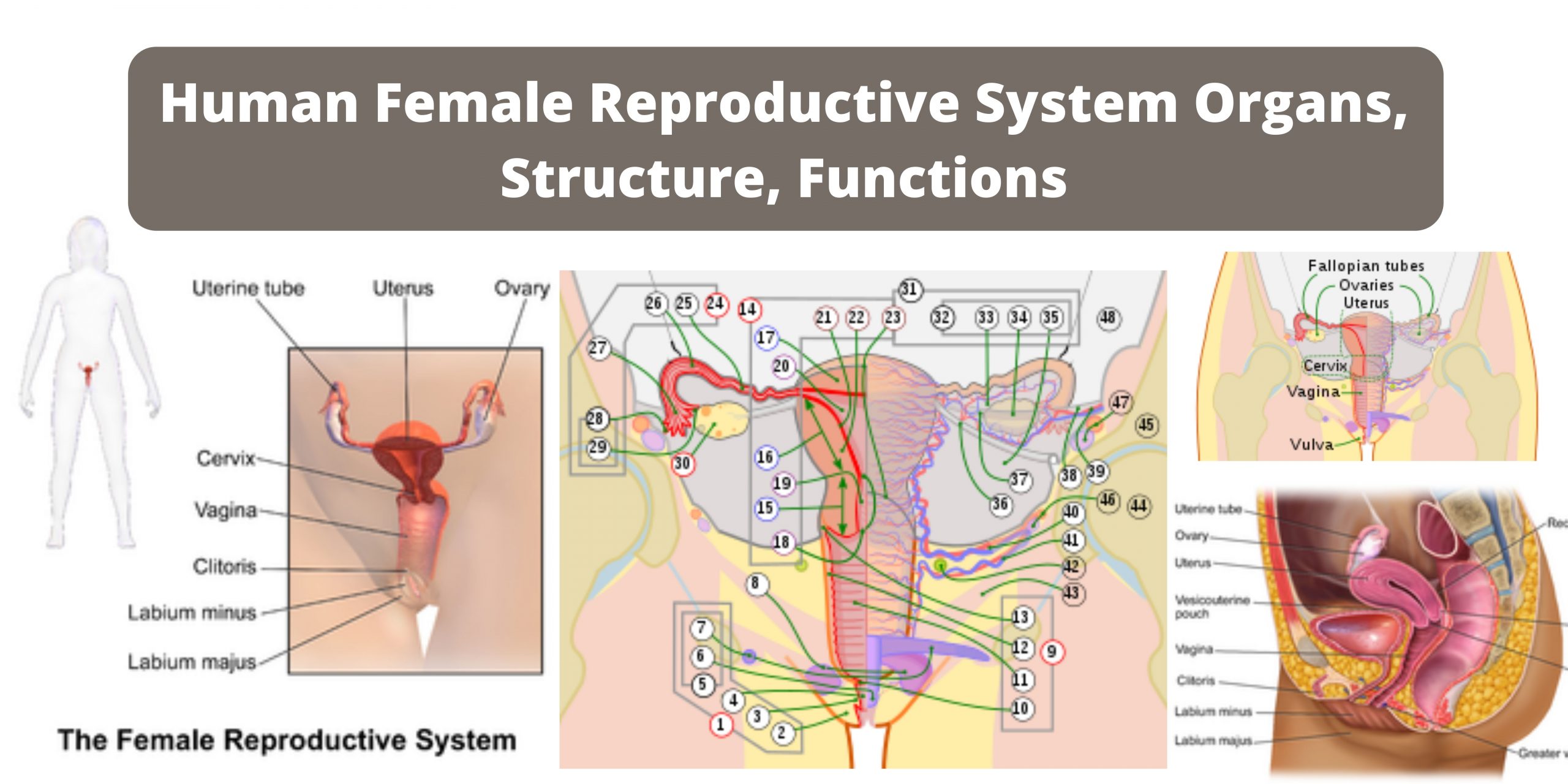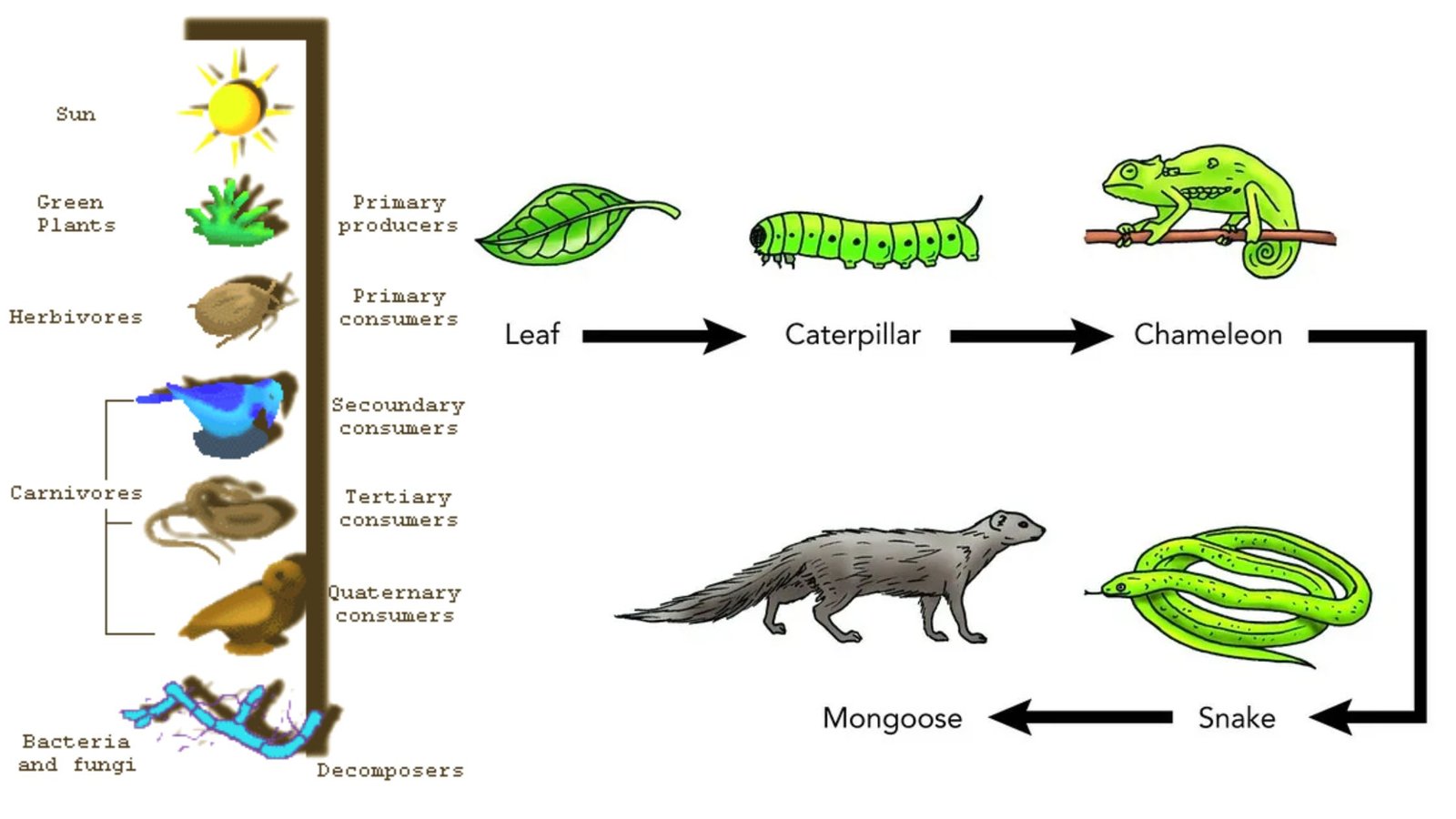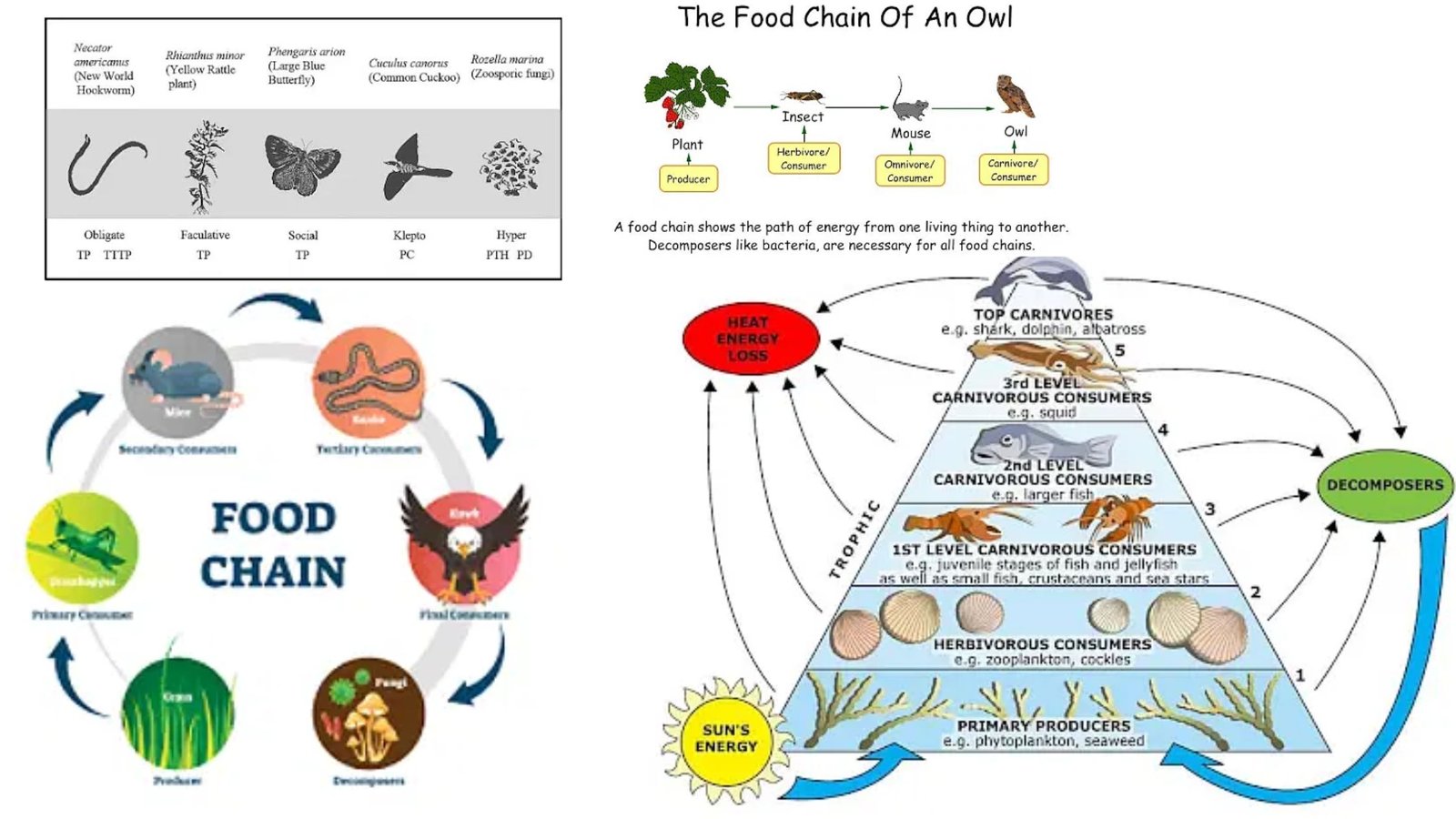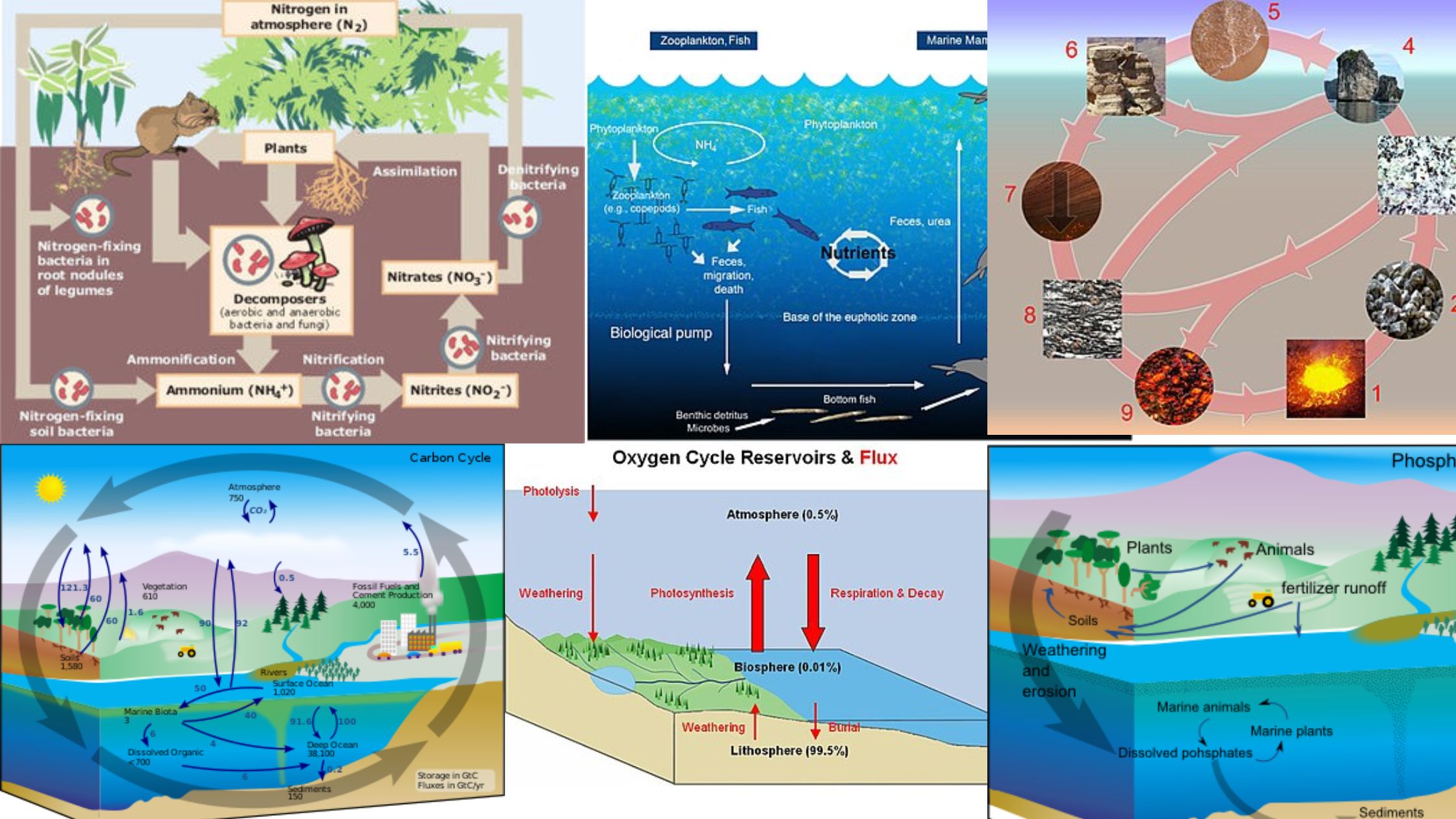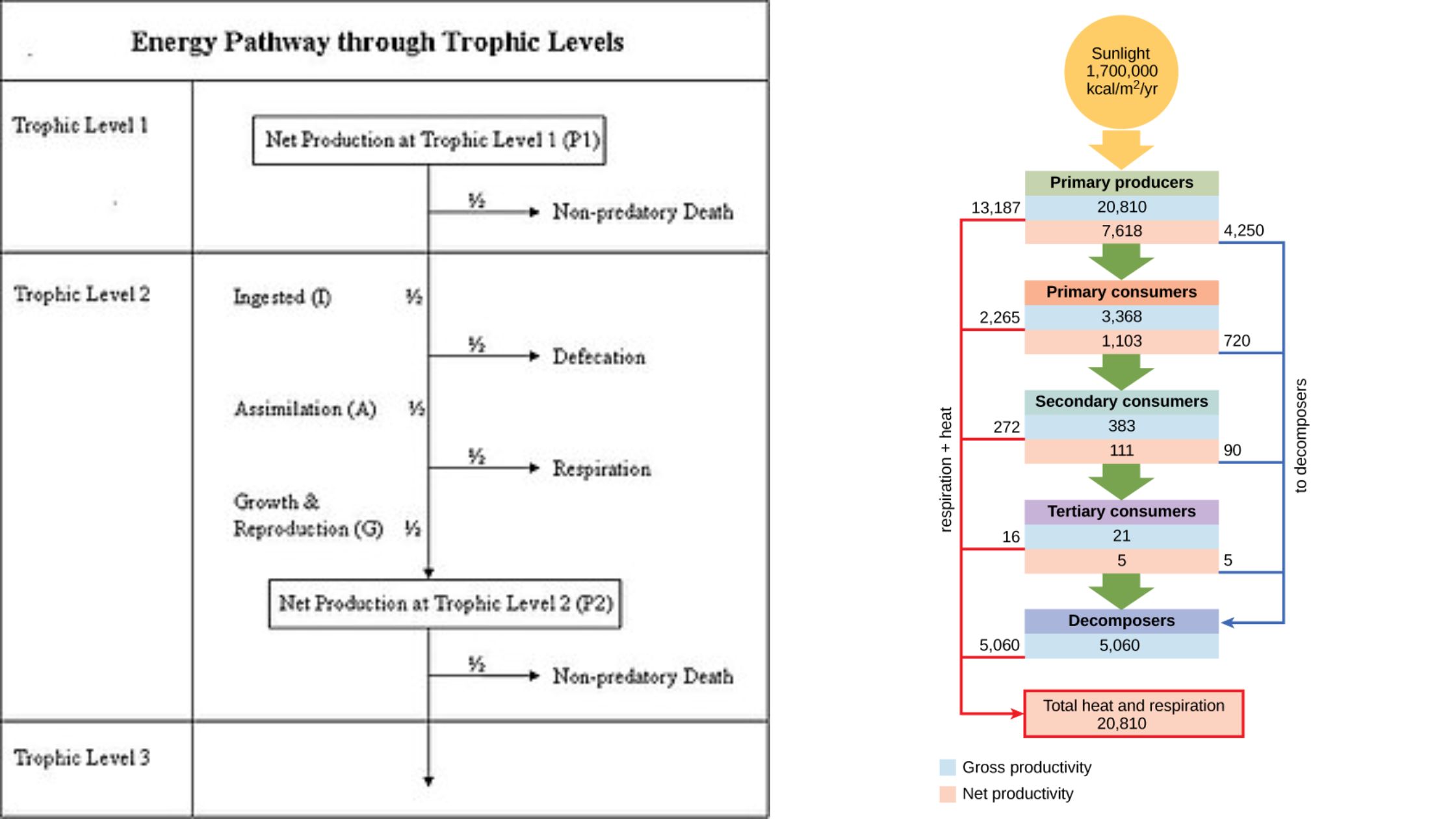Muscle – Definition, Types, Structure, Functions
What is Muscle? Definition of Muscle A muscle is a specialized tissue in animals that contracts to produce force and movement, composed of fibers containing proteins that enable contraction. Structure of Muscle Types of Muscle Muscles, integral to the vertebrate anatomy, are categorized into three primary types based on their structural and functional attributes: skeletal, … Read more



